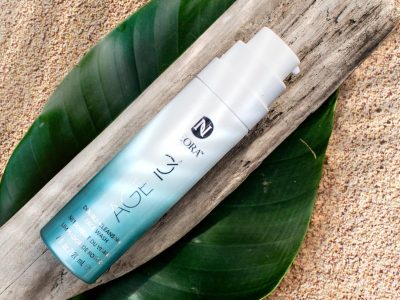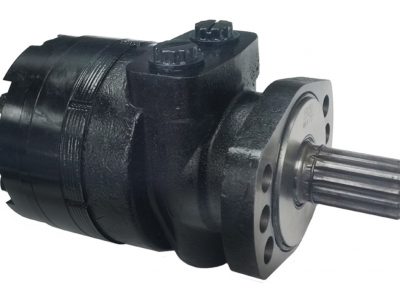
Introduction
According to Mark Roemer Oakland, good packaging plays a significant part in improving the perceived value of the product and also ensuring its security. And, with so many types of carton box options available today, it can be difficult to decide which option to choose when shipping a product to your customer to provide the best experience possible while also ensuring reliable delivery of the product.
The Types
Here are the different types of carton boxes and the materials used in them:
- Corrugated boxes – Corrugated boxes (A.K.A cardboard boxes) are the most popular type of carton boxes and are what most people are familiar with. They consist of 3 layers of paper, an inside liner, an outside layer, and the corrugated material in the middle (A.K.A. fluting). The corrugated design provides superior strength to such cardboard boxes.
Typically, corrugated boxes are constructed using recycled paper made using high-precision machinery called corrugators. There are several types of corrugated boxes including twin walls, single-faced, triple walls, and double-faced (single wall). Generally, corrugated boxes are used for the packaging of retail goods and small consumer goods.
- Paperboard boxes – Paperboard boxes are made with paper-based material that is strong yet lightweight. Typically, it is made by turning recycled wastepaper or from the fibrous materials that come from wood into pulp and subsequently bleaching it. Generally, paperboard boxes are utilized for creating personalized packaging.
Paperboards boxes are available in two types — Solid bleached sulfate (SBS) and coated unbleached kraft (CUK). SBS is suited for the packaging of medicines, cosmetics, and frozen foods. However, CUK is more environmentally-friendly but ill-suited for food-related products since they are less resistant to moisture.
- Chipboard packaging – Chipboard is a special type of paperboard made out of reclaimed paper stock. It’s a cost-effective option since they can be easily cut, folded, and formed. Typically, these are used for the packaging of cosmetics, food, medical supplies, electronics, and more.
The density of the chipboard affects how strong and durable it becomes. Chipboard can be treated with bleach sulfate and clay-coated new back (CCNB) to make them more durable and improve their density which makes them suitable for the packaging of heavy items. They are not suitable for storage environments with high humidity since it can result in expansion and discoloration.
- Plastic boxes – Plastic carton boxes offer many advantages offer paper carton boxes and can be used to store a wide variety of materials such as leather, wood, ceramic, glass, and more. They are much more durable than their plastic counterparts and are even recyclable since they are made with plastic.
Since plastic doesn’t break down easily, it can be used to store products under extreme conditions. Plus, it also helps to preserve food quality and prevent contamination issues. Plus, it’s flexible, lightweight, and allows the product to be examined from the outside without having to open it.
Conclusion
Mark Roemer Oakland believes that you should thoroughly assess the pros and cons of different types of carton boxes before selecting one variant. Depending on the type of product that you want to ship, one variant can offer a significant advantage compared to other variants.











